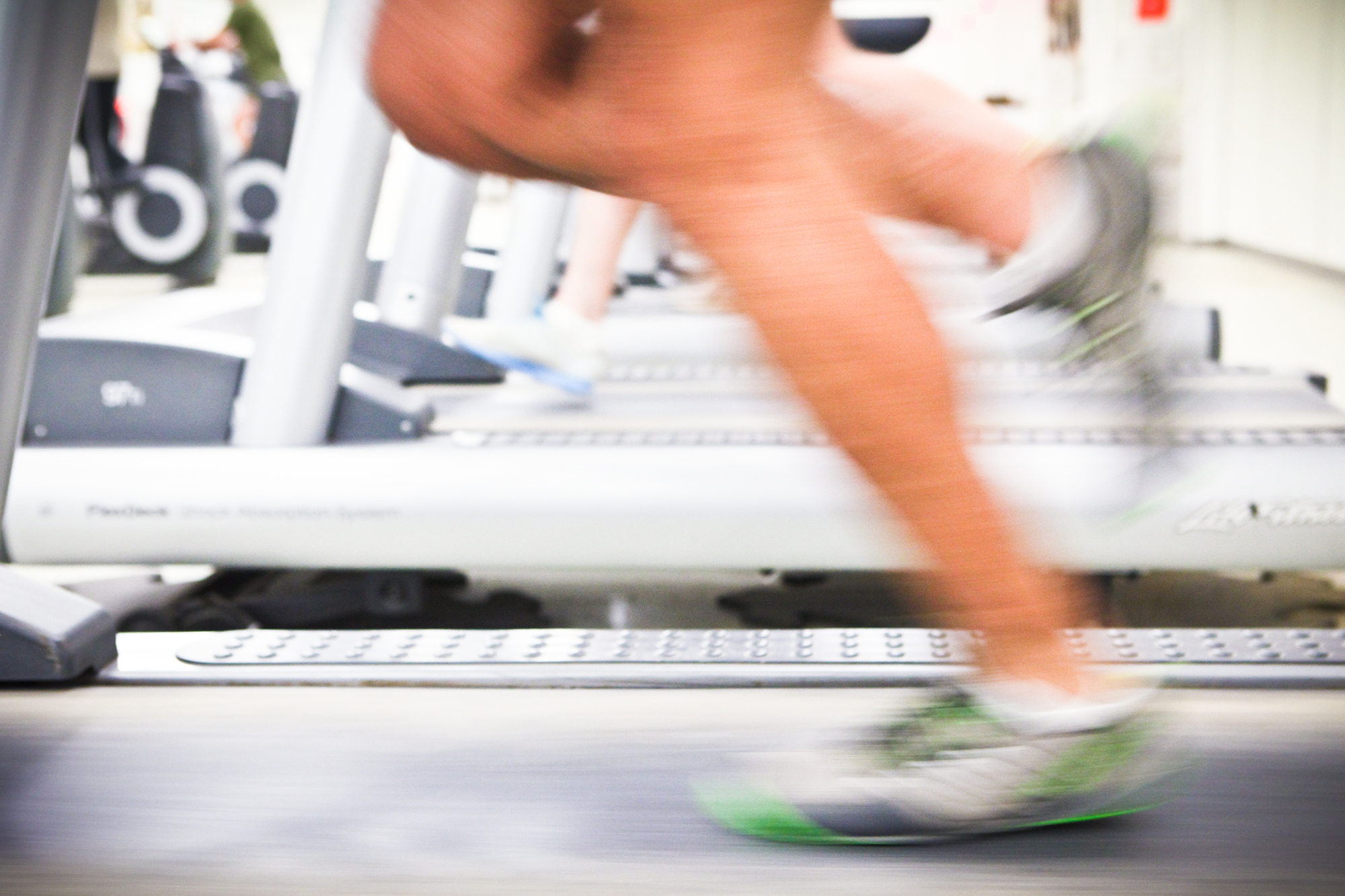New Mexico Approves Master of Science in Anesthesia Program at UNM

Sweat Equity
Hear your body loud and clear when it comes to thirst
When it comes to staying hydrated, it's better to listen to your body instead of following a formula of drinking eight glasses of water a day.
One reason is because the old-school hydration axiom isn't all that applicable to real-life circumstances, says Jon Femling, MD, PhD, assistant professor in The University of New Mexico Department of Emergency Medicine.
"The data is all over the place ... unless you are in a controlled environment eating only totally dried food, [eight glasses of water a day] is a pretty worthless number, and it was an estimation at best," Femling says. "Not only that, but does anyone really know that the glass is supposed to be eight ounces?"
In other words, proper hydration isn't one-size-fits-all. There are just too many factors - water and salt intake, altitude and exertion levels, for example.
To drink or not to drink?
While taking on the grueling Grand Canyon rim-to-rim trail, Femling, an avid endurance athlete, drank eight liters of water in a 12-hour period. A fellow runner consumed 10 liters. (A liter of water equals approximately 33.8 ounces.)
"We were both still dehydrated at the end of the 12 hours," Femling says. "To put that into further context, another person, at that same time and same place, had about six liters, suffered water intoxication and had a seizure."
Knowing the mechanics of sweat can help you craft a personal hydration plan, says Femling, who leads UNM's research at the Grand Canyon in collaboration with Sandia National Laboratories, who successfully earned funding from the Defense Threat Reduction Agency to expand the research efforts in the Canyon. UNM, Sandia National Laboratories and the National Park Service examines physical and cognitive changes in hikers making the punishing 24-mile rim-to-rim trek of the Grand Canyon.
Femling says that when we first sweat - which is a cooling mechanism for our bodies - we sweat pure water. The longer you sweat, you begin to lose more than just water, you also start to lose salts. Even in dry climates with almost no humidity, you sweat. You just don't see it.
"People who come here from places that are barely above sea level - Louisiana, for instance - may not be used to the altitude and breathe faster," Femling says. "When you exercise, you breathe faster. When you're exerting yourself at altitude, you breathe even faster. Every time you breathe you lose water."
Replacing more than water
Eventually, you can leak electrolytes from your body - predominately sodium but also potassium and chloride. The loss of salts, while replacing losses with only water, can lead to hyponatremia, where the body is flushed of key salts. Hyponatremia can cause headaches, vomiting, nausea, dizziness, muscle cramping, and, in more extreme cases, seizures or death.
That's why it's important to replenish your sweat with not only water but sodium-friendly foods such as chicken noodle soup, dried fish, bacon, a sandwich, a bag of chips, jerkies and electrolyte foods and gels.
"People tend to forget that you're also going to get water in your food," Femling says. "Food is better than sports drinks because there are more complex salts and nutrients. Raw, not fortified fruits for example, are tasty, often healthy, but a poor choice for salt provision."
"The best advice is to drink to thirst. If you are thirsty, drink some fluids. Listen to your body," Femling says. "I have friends who set alarms at a set time interval. Not to drink, but to ask themselves, 'Am I thirsty?' I like that idea, because sometimes we do push ourselves and don't listen to our body out of convenience.
